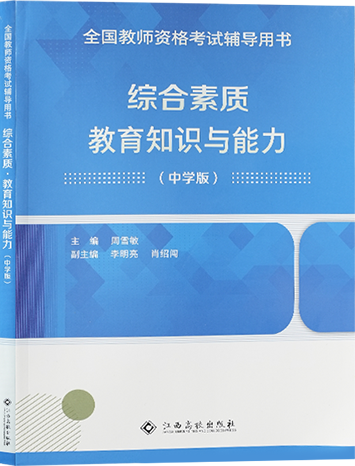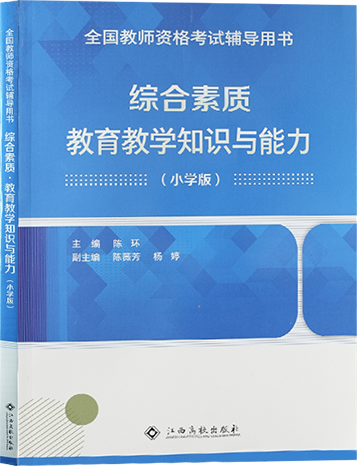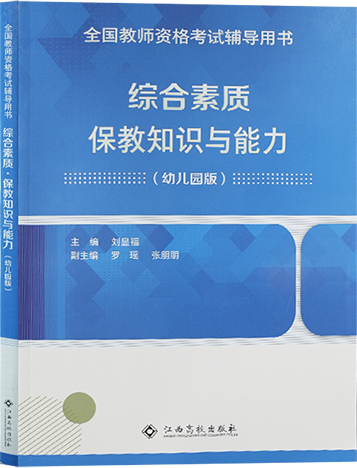2019上半年福建教师资格证真题及答案:初中英语
- 时间:
- 2019-03-11 14:16:24
- 作者:
- 赵老师
- 阅读:
- 来源:
- 福建教师资格证考试




31.【答题要点】
作用
(1)培养学生学习英语的兴趣
(2)创造出活跃、民主、平等的教学气氛,形成宽松、轻快的课堂教学
(3)培养学生的创新精神和实践能力
(4)促进学生多种能力的形成和发展
建议
(1)划分合理的学习小组
(2)在课堂小组合作学习中合理引导、积极调控
(3)选准合作学习的教学内容
三、教学情境分析题(本大题1小题,30分)
32.【答题要点】
(1)①封闭式又叫展示性问题 display questions,这种问题是教师已经知道答案或者答案能在相关工具中找到,提问只是为了考查学生对语言知识的掌握情况。一般包括是非、对错的选择性问题和事实、回忆性问题。案例中的例句为:a. Can elephants swim?b. Do you like tigers?②开放式又叫做参考性问题 referential questions,是指教师所提的问题没有预设的答案,提问的目的在于发散思维寻求信息,一般包括推理、评价性的问题和批判、创造性的问题。该案例中例句为:a. Why do you like them?b. Can you tell us where they live?
(2)①封闭式优点:答案是固定的,这种问题更适合应用到学生准确性的提升方面,有利于考查学生对于语言知识的掌握。可以引导学生就某一句型反复操练,做很多机械练习,有助于帮助学生更好的掌握和巩固目标语,有助于学生掌握正确的语言形式。缺点:封闭式问题属于机械性操练,学生只需要回答出特定答案,没有过多的思考、不能起到发散学生思维的作用,只能帮助学生掌握语言形式,对于语言功能没有太多的涉猎,不利于培养学生举一反三、实际运用语言的能力。②开放式问题优点:该类问题通常答案不是唯一的,没有固定答案。在教学中应用,可以让学生有动脑思考的过程,引导学生自己去思考寻找答案,真正做到启发式教学,可以发散学生的思维,培养学生真正运用语言的能力,而不拘泥于语言形式的掌握。缺点:该类问题与封闭式问题相比较难,对于一些基础比较薄弱的学生来说完成起来会有一定的障碍,如果教师应用不当的话,有可能会起不到真正的效果,打消学生的积极性,不利于教学的顺利进行。
(3)特点一:该教师在导入环节结合了多种提问方式。运用了一般疑问句,也运用了特殊疑问句,分别采用了封闭式提问以及开放式提问的方式,真正做到了提问方式多元化,这两种方式适用于不同学生,也有各自的作用,这样可以充分发挥两种提问方式的优势,削弱了两种提问方式的劣势,提高了教学的有效性。特点二:在教学过程中,案例中的老师运用封闭式提问更多。这类问题的答案是固定的、唯一的,事先有预设的,通常比较简单、不利于发散学生的思维,应用过多的话,学生会觉得很枯燥,很可能会出现产生厌学心理,注意力不集中等等问题,学生一直处于比较被动的局面,不利于调动学生学习的积极性和主动性。
四、教学设计题(本大题1小题,40分)
33.【答题要点】
Teaching type: Reading class
Teaching contents: This lesson is from junior high school, and it mainly talks about the writing hobby of a young boy named David Smith, and how this hobby has him pleasure and success.
Teaching Objectives:
(1) Knowledge objectives
① Students can get familiar with the topic of hobbies.
② Students can get some detailed information about David’s writing hobby.
(2) Ability objectives:
① Students can improve their reading ability by mastering some skills, such as skimming and scanning.
② Students can express their opinions on different hobbies.
(3) Emotional objectives:
① Students can foster a positive attitude towards different hobbies.
②Students can find out that team work is more efficient.
Teaching key and difficult points:
Teaching Key point:
Students will understand what is David’s hobby and what has the hobby brought to him.
Teaching Difficult point:
Students can express their opinions on different hobbies.
Teaching Procedures:
Step1: Pre-reading (5minutes)
1. Free talk: 4 students a group to talk about their own hobbies.
2. Prediction: to look at the title and pictures first and guess what is David’s hobby.
(Justification: Team work is a great way to encourage more students to get involved into the class, and also the free talk is common and easy topic for them to start. Prediction is also a good activity for them to get interested into the topic. )
Step2: While-reading (10 minutes)
Activity 1, fast reading(3 minutes):
Students need to read the whole passage fast to check out if their predictions from earlier is right.
(Justification: This step is designed to train students’ fast reading ability.)
Activity 2, detailed reading(7 minutes):
Students need to read the whole passage for the second time. And find out some detailed information.
(Justification: This step is designed to train students’ detailed reading ability.)
Step3: Post-reading (5 minutes)
1. Retell the story about David.
2. Discussion: why did David success in writing?
(Justification: Retelling is good way for students to have a independent review of what they have learned. And group discussion on the topic helps them have a better understanding about success.)
……


























 福建教师资格
福建教师资格



